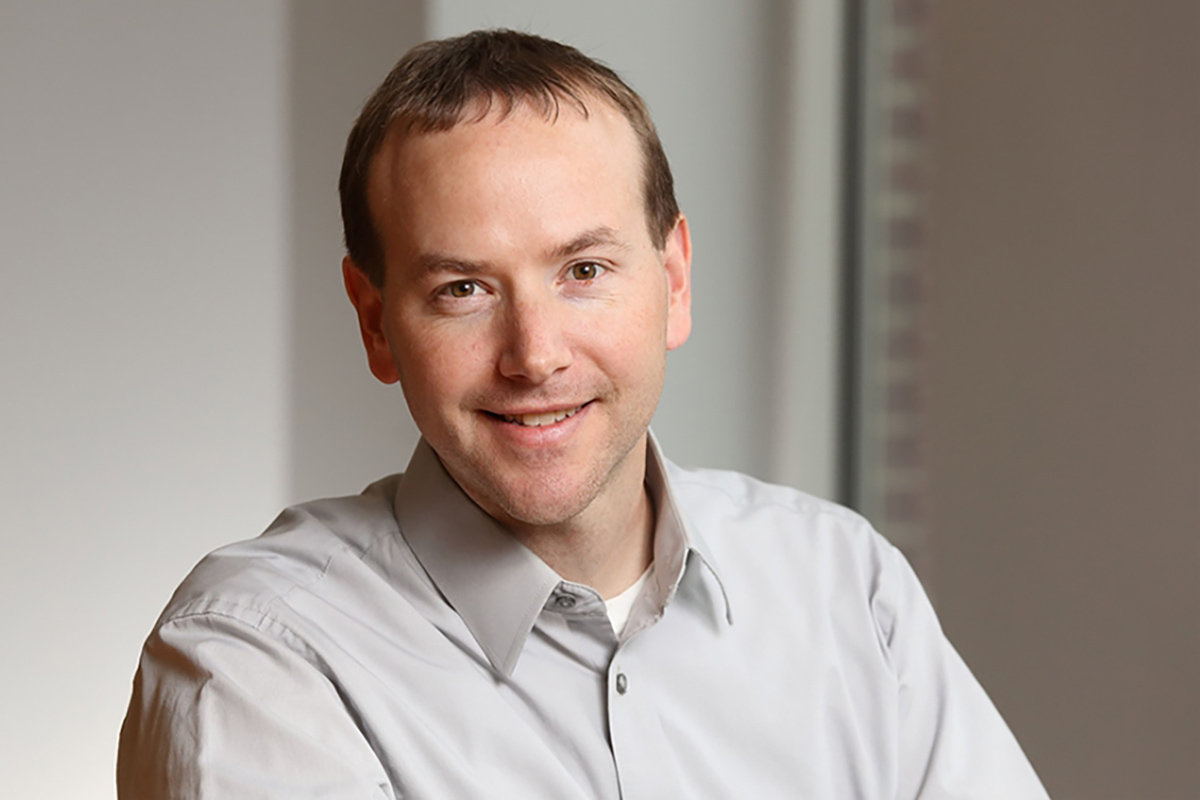The research challenges fundamental ideas about how stem cells progress to mature body cells. More research will paint a fuller picture, which could lead to the development of new treatments for a number of conditions.
“There’s an awful lot to be explored on what happens after – how do these cells become mature, highly contractile cells?” Saucerman said. “I think that’s a major challenge for the field. That has therapeutic implications, because we need to be able to develop mature cells to then transplant into patients or to discover new drugs.”
Findings Published
The researchers published their findings in the scientific journal Nature. The research team consisted of Swetansu K. Hota, Kavitha S. Rao, Andrew P. Blair, Ali Khalilimeybodi, Kevin M. Hu, Reuben Thomas, Kevin So, Vasumathi Kameswaran, Jiewei Xu, Benjamin J. Polacco, Ravi V. Desai, Nilanjana Chatterjee, Austin Hsu, Jonathon M. Muncie, Aaron M. Blotnick, Sarah A. B. Winchester, Leor S. Weinberger, Ruth Hüttenhain, Irfan S. Kathiriya, Nevan J. Krogan, Jeffrey J. Saucerman and Benoit G. Bruneau.
The work was funded by the National Institutes of Health (grants P01HL089707, P01HL146366, UM1HL098179, R01HL114948, R01HL137755, 2T32- HL007731 26, C06 RR018928), the American Heart Association (grant 13POST17290043 and Career Development Award 861914), the Tobacco Related Disease Research Program (grant 22FT-0079), the Society for Pediatric Anesthesia, the Hellman Family Fund, a UCSF REAC Award and the UCSF Department of Anesthesia and Perioperative Care.
UVA’s Department of Biomedical Engineering is a joint program of the School of Medicine and the School of Engineering.
To keep up with the latest medical research news from UVA, subscribe to the Making of Medicine blog.











